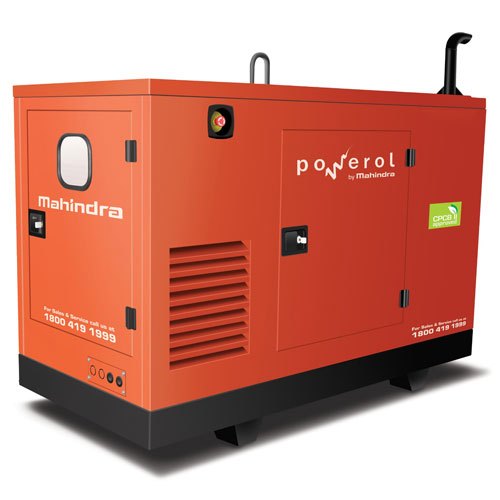TTS Group delivers the most extensive range of solutions globally. All of the following types of test sockets are available with them.
- CMOS Sensor Socket:
Image Sensor Sockets shield valuable sensors from degradation during board assembly and processing while also providing a cost-effective option for potential system modification, repair, or replacement.
The benefits of using sockets:
- Minimize static discharge (ESD) because of less handling.
- Remove soldering temperature, which can affect the color collection.
- Remove the need to de-solder CCD.
- Eliminate cleaning fluid, scratches to glass cover, and risk blistering the PCB.
- Remove assembly line temperatures, humidity, and shock.
The working theory of a CMOS (complementary metal-oxide-semiconductor) image sensor was invented in the latter half of the 1960s. Still, the technology was not commercialized until microfabrication technologies were mature sufficiently in the 1990s. Image sensors incorporated into today’s digital cameras and cell phones often either use the CCD (charge-coupled device) or CMOS technology.
- PoP Socket:
The PoP test socket’s unique ability to correctly and concurrently match both the upper and lower system pads increases fault coverage and reduces the cost of the test.
Memory-Less (ML) PoP Socket – upper and bottom access to leads on devices with storage data from the tester through the socket arrangement.
Memory-Bearing (MB) PoP Socket – upper and bottom links to leads on devices with a proven strong memory unit contained inside the socket assembly supplying a partial connection to the PoP device evaluation.
Manual Test (MT) PoP Socket – upper and bottom access to leads on devices with a proven successful memory unit contained inside the lid assembly supplying a temporary link to the PoP system evaluation.
- Kelvin Socket:
There are four fundamental explanations why Kelvin test sockets are used. They make an accurate reading of shallow resistance values, accurate voltage calculation, guarantee of the test, and enhanced thermal management.
A history:
Kelvin sockets are an essential aspect of electrical component analysis. The Kelvin definition derives from Lord Kelvin, the honorary title granted by William Thomson in the late 1800s. William Thomson was a chemist, scientist, engineer, and lecturer for more than 50 years at the University of Glasgow in Scotland. One of his primary tasks was the construction and installation of the first transatlantic telegraph cable.
As part of that effort, he built the Kelvin Bridge in 1861, which allowed the precise count of very weak resistances. The Kelvin Bridge uses four-terminal links at the large voltage resistors, thus giving Kelvin a connection to the means of supplying separate force and meaning links to components.
- Multi-Test Site Socket:
- Decrease Time and Cost of Multi-Site Solutions:
Multi-site test sockets cover everything from strip test sockets to test sockets for wafer tests to multi-position, simulated systems. These sockets’ benefits can be immense as test time can be reduced by a factor of ten over traditional one-up tests. In most cases, the throughput is only constrained by tester capability and processing capacity.
- Strip Test Sockets:
Testing systems while still in a strip shape has been around for many years, and they have been a big player from the beginning. They also collaborated closely with different handler vendors to refine prototypes for each specific use. These advances also included automatic vision synchronization fiducials, manually compatible plungers on lids and removable alignment plates for manual examination.
TTS Group specializes in various test and tooling probes and sockets designed to enable engineers to ensure their performance reliability.



